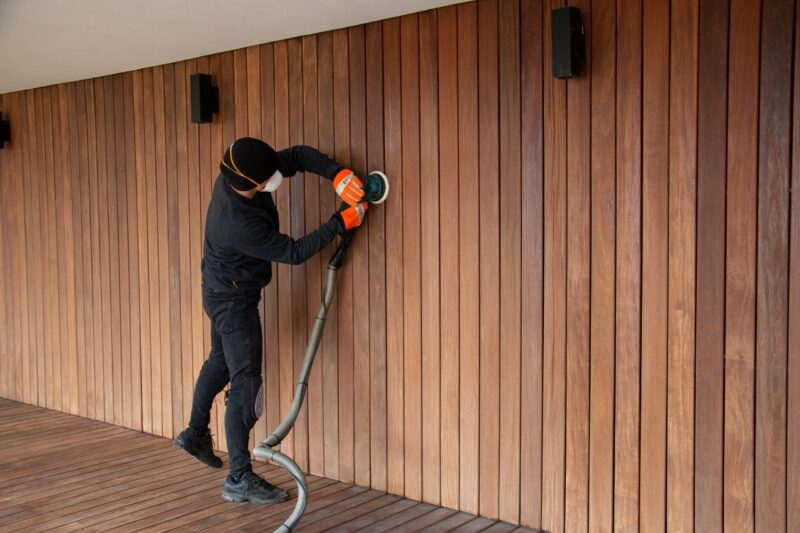Published: 01/11/23 By: Mike Bekin
Building materials do not always get a great eco-reputation. The steel industry, for example, is estimated to be responsible for around 8% of all global emissions, making it a pretty unsustainable choice. But we are here to tell you that it is not all bad news. Timber cladding can actually help your building become not only carbon neutral, but carbon positive. Let’s take a closer look.
An Efficient Carbon Storage
Trees naturally absorb carbon dioxide (CO₂) from the atmosphere as they grow. When timber is used in construction, the carbon which was stored in the tree remains trapped within the building material in a process known as carbon sequestration. Effectively, when using timber cladding, you are helping to keep CO₂ out of the atmosphere, making it an incredibly green building material.
About 50% of the total dried mass of timber is carbon. The more timber we grow and use, the more CO₂ we can remove from the air.
Encourage More Tree Growth
With responsible forest management, timber can be a wonderfully renewable resource which will never run out. Not only that, the more timber cladding you use from sustainable sources, the more trees will grow. In some of the FSC-certified forests from which we source our cladding boards, any trees felled are replaced and the woodlands are left to replenish naturally. As more trees grow, even more CO₂ is absorbed from our atmosphere, going a long way to helping our planet’s future.
Low Energy Consumption
The energy required to process and manufacture timber is also generally lower compared to other building materials. This means less energy consumption and lower associated greenhouse gas emissions during the production phase.
It is also important to note that timber is relatively lightweight and a better insulator, especially when compared to steel, iron and bricks. This means less energy is needed to transport and install it, further reducing the carbon footprint.
Reuse and Recycling
Over 80% of timber in the construction industry is either recycled or reused at the end of its initial use. It can also be used as biomass for energy production as a substitute for fossil fuels at the end of its service life. Whatever is left over is able to biodegrade back into the earth, creating a neat, eco-friendly solution.
Can Cladding Lower Your Property’s Carbon Footprint?
Because of timber’s sequestering properties and eco-friendly growth, it can help to lower your property’s carbon footprint. But it is vital you consider the overall sustainability and sourcing of the timber used. Using timber from responsibly managed forests certified by organisations like the FSC, as provided by EcoChoice, ensures that the wood is sourced sustainably and helps protect biodiversity and natural ecosystems.
If you are on the hunt for responsibly sourced timber cladding boards, our team can help. With a wide range of species available in many profiles, from feather edge to tongue-and-groove, get in touch with us to ask for our expert advice or start an order.
Image: Radoslav Cajkovic / Shutterstock.com
Tags: carbon footprint, Cladding, Sustainability
Categories: Insights
